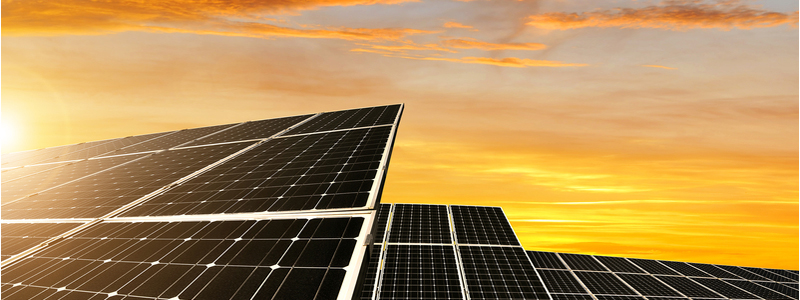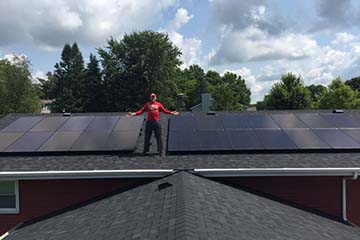
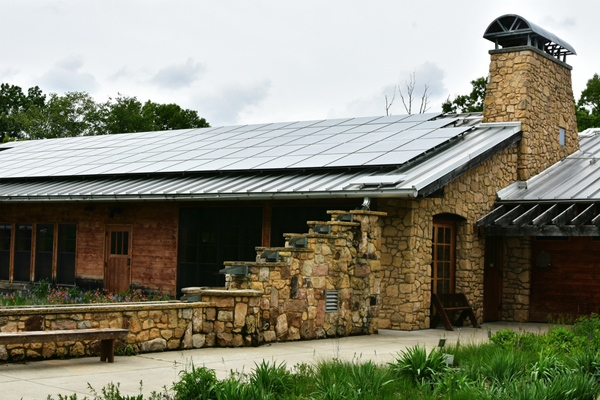
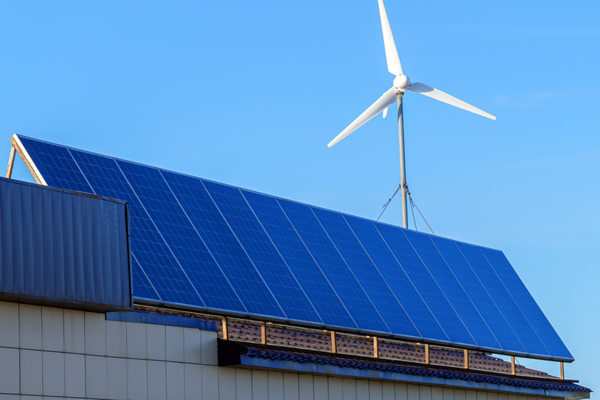
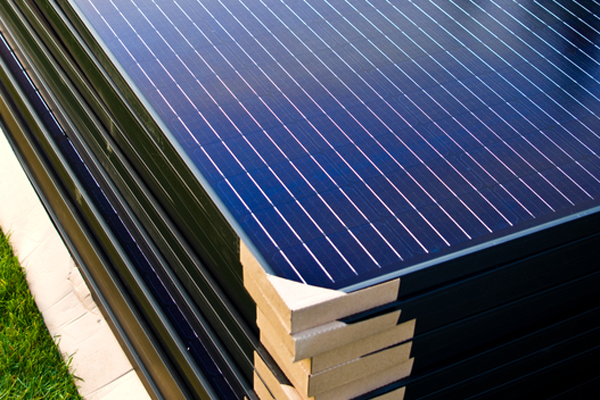




Yuma Solar Panels, Take The Power ...
The savings are immediate and last a lifetime... Satisfaction; you are no longer a victim of rising energy costs... Pride that your family is part of the sustainability solution... Home solar panels help the environment... Installation designed for the average DIY homeowner... Thinking of your families future... Reduce America's dependence on foreign fossil fuel... The money you save by taking the solar leap will help the USA grow American jobs.
Yuma Home Utility Grid-tie Solar System Design - Many site-specific factors need to be considered when planning for your grid-tied or off-grid solar kit. Budget, available roof or ground space and other factors will heavily influence your choice of solar panels kits. If you are planning to attach your home solar panels to your roof, first decide which solar panel size will be the best fit. Consider obstructions such as chimneys, plumbing stacks and roof vents you have on your home. Grid-tied and off-grid kits, home consist of solar panels, cables in conduit, racks and AC as well as DC disconnect electric boxes with switches. Types of inverters and grounding rods or methods are also a consideration. Blue Pacific Solar™ can help you decide which home solar kit is best for your house. Usually the largest system you can afford will be the most cost effective returning the best return on investment. However, even a small solar panel kit can reduce part of your utility bill putting money back into your household. Additionally, home solar is a hedge against future energy costs that are sure to rise.
(Step 1.) The first step you take after you have considered available roof or ground space, is to look at your home monthly average electricity usage from your electrical bill. The key number you are interested in finding is your kWh (Kilowatt Hours). Because of seasonal considerations it is always a good idea to look at average monthly usage. Here at Blue Pacific Solar™ when we are designing a home solar kit we prefer evaluation a 12 month kWh history by month. When you are designing an off-grid system you will be particularly interested in the kWh of the month of December since it has the least number of available sun hours.
(Step 2) The next step in choosing the right size solar panel kit for your Yuma home is to first find the average daily kWh usage then divide that by the number of available sun hours. For example, Yuma has about 4.7 average sun hours. That information is compiled from 30 years of weather data and commonly used by solar companies when calculated the size of home systems. Example 18 kWh / 4.7 average sun hours = 3.8 kW AC home solar panel kit. 3.8 kW x 1000 = 3,830 watts needed to produce.
(Step 3) Calculate the number of solar panel required for the Yuma home kit you need. Finding out how many solar panels you need is one of the final steps in sizing your home solar (Or RV Solar Kit). Take the watts needed to produce and divide the watt STC rating of the solar panel you selected, then divide that number by the inverter efficiency which is usually about .94. You now have about the total number of modules you need to size your Yuma home solar panel kit.
Just a little more about "Solar Insolation". The suns insolation is measured in kilowatt hours per square meter per day in areas throughout the world. A common term used by solar installers everywhere is "sun-hours per day". To find the average sun-hours per day in Yuma, look at the solar insolation map provided by the team here at Blue Pacific Solar. If you are sizing a solar panel kit for your home or RV and want year round off-grid autonomy, use the lowest figure which is December. If you just want a utility grid-tied solar panel system with net metering, the average or highest Yuma solar insolation number should be sufficient to start your planning and help your choose the best low cost solar panels for your home. Choosing the Right Size Solar Panel Kit for your Yuma Home


